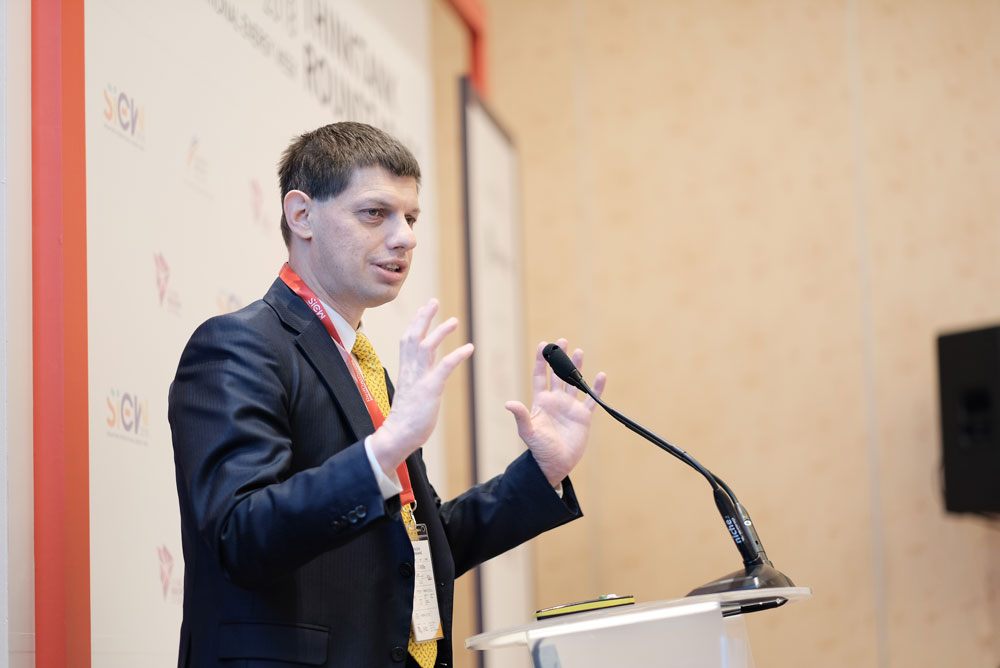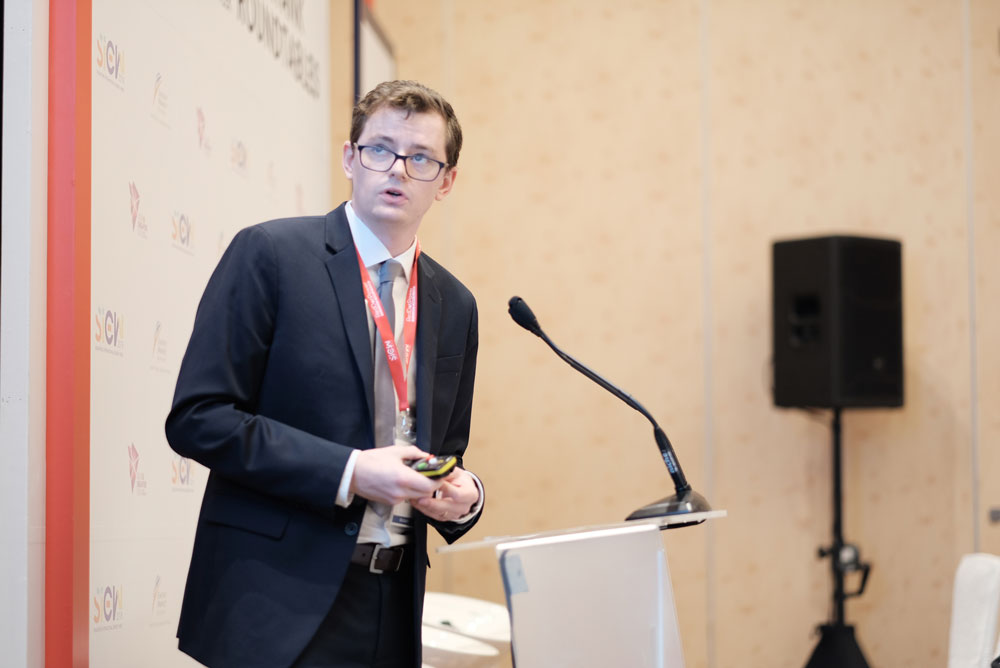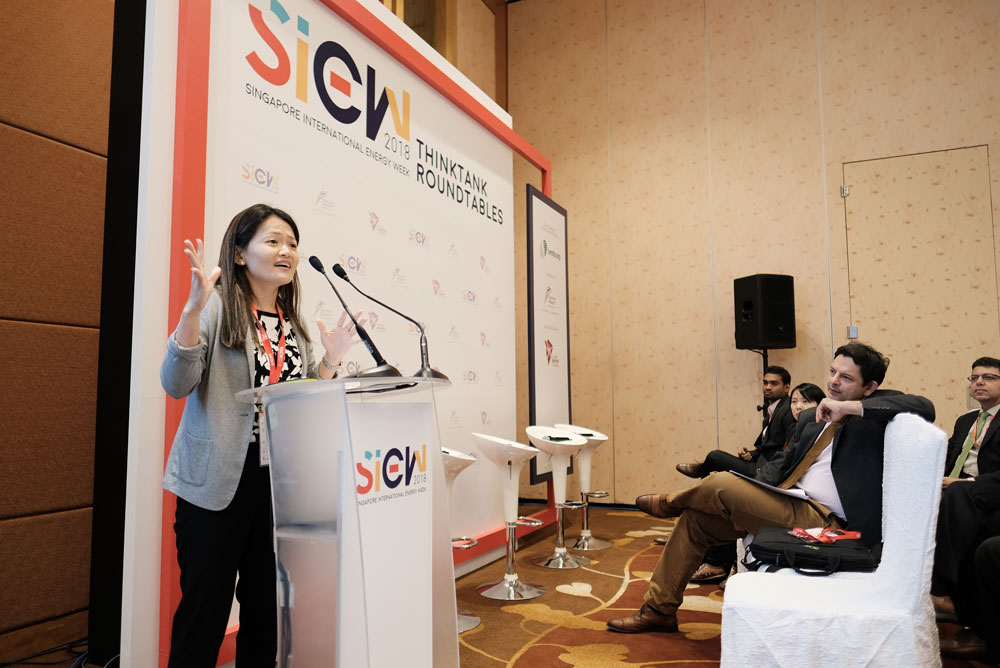Speakers at the Roundtable on Electric Vehicles and Smart Infrastructure addressed the future trends and challenges faced by the electric vehicles market. By Chloe Wang

The future of electric vehicles (EVs) and the catalysts for their future growth were in focus at the SIEW Roundtable on Electric Vehicles and Smart Infrastructure. Michele Pani, Co-leader of McKinsey’s Electric Power and Natural Gas Practice in Southeast Asia, said that the adoption of electric vehicles will grow in combination with automated vehicles and shared vehicles. As such, a mobility system encompassing all market players will exist in the future, where revenue can come from a variety of sources.
The next generation of EVs could also include the Vehicle-to-Grid model (V2G) where consumers are able to sell electricity back to the grid, said Monica Huang, General Manager, Energy Services Group at RedDotPower. A smarter grid, a deregulated and competitive market for ancillary services, and clear regulations and standards are crucial to make V2G happen, she added.
Mr Terence Siew, President, Electric Vehicle Association of Singapore, noted that electric mobility would be a large business for utility and energy companies as well. He added that future EV charging networks must incorporate features such as wireless charging capabilities, shared and social charging, interoperability between networks, and high power and smart charging systems. Robust EV charging management platforms would be key to scaling EV infrastructure, he said.
The opportunities and challenges of battery recycling and second life use were also discussed at the roundtable. Dr. Farouk Tedjar, Principal Scientist at the Energy Research Institute @ Nanyang Technological University (ERI@N), expects that in the future, the minerals needed for the EV industry would come from urban mines (wastes) to reduce the environmental impact. He also proposed that hydrometallurgy could be the sustainable solution to recycle lithium batteries, which is energy and waste efficient.

Policy instruments
Christopher Robinson, Senior Analyst at Lux Research Inc highlighted that policy decisions are currently the most crucial factor for EV adoption and charging infrastructure development. However, there is no one-size-fits-all policy. Clarity in policies is crucial to spur growth and innovation, he said.

EV-related policies should also cover fuel, infrastructure and consumer aspects, said Serene Tan-Johnson, Global Transport Policy Manager at Shell Downstream and New Energies. She added that in order for an EV market to be viable in Singapore, ancillary services must be tradable.
Finally, Vivek Valdya, Senior Vice President at Frost & Sullivan, argued that economics appealed to consumers more than environmental benefits when it comes to EVs. However, safety was a major concern among consumers, with a 5-star safety rating the most wanted feature for EVs. In order to incentivise EV production, he commented that producers preferred governments to spur demand and reduce duties, rather than subsidise for production.